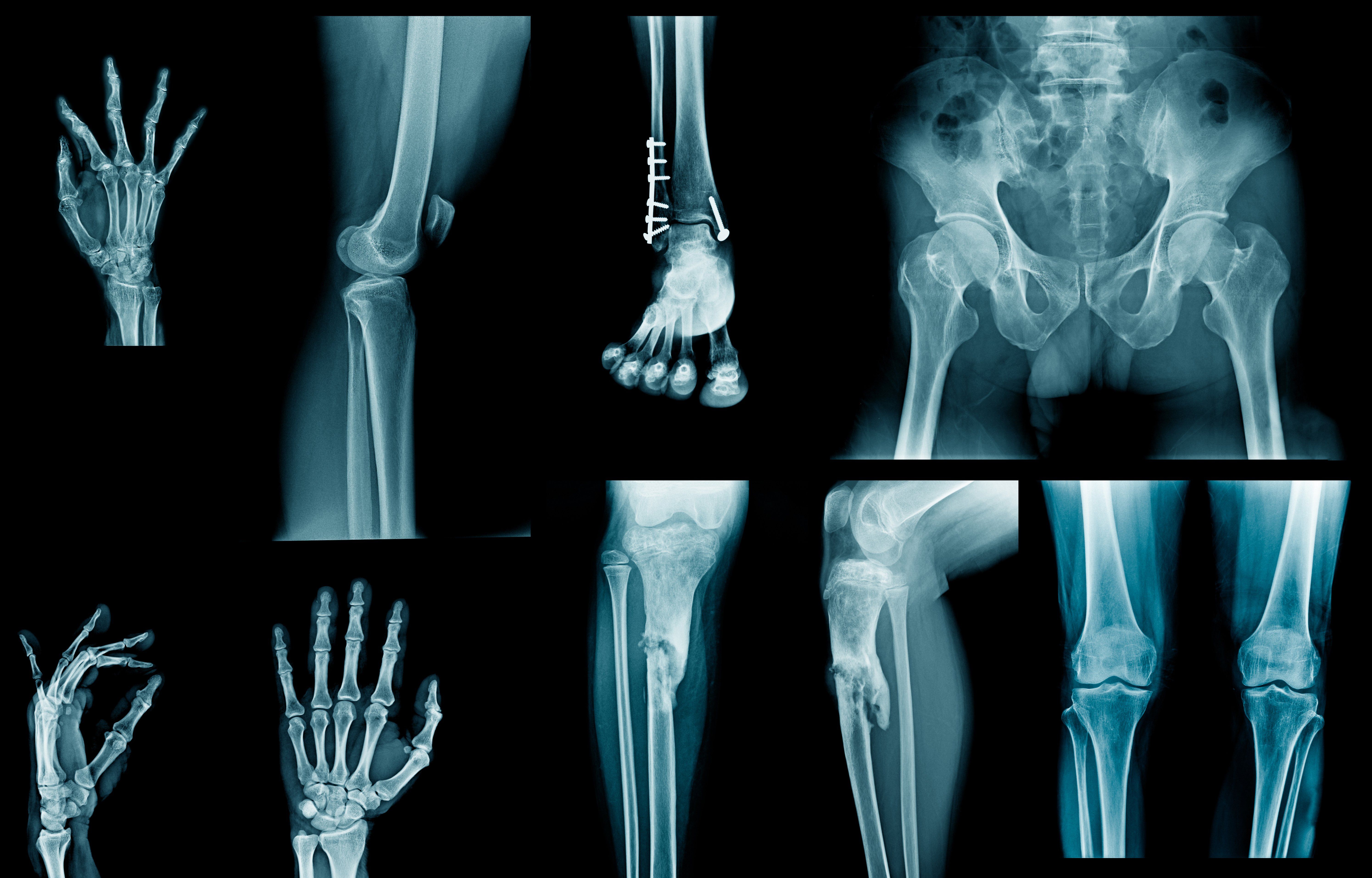Article
Case Study: 40-year-old man with joint pain
A 40-year-old man presents to his primary care doctor complaining of pain in his ankles, knees, feet, heels, lower back and buttocks. What's your diagnosis?
A 40-year-old man presents to his primary care doctor complaining of pain in his ankles, knees, feet, heels, lower back and buttocks. What's your diagnosis? (©Angkhan,AdobeStock)

A 40-year-old man presents to his primary care doctor complaining of pain in his ankles, knees, feet, heels, lower back and buttocks. His eye also appears to be inflamed. And, he reports having a burning sensation when urinating, which has become much more frequent. He has been experiencing these symptoms for three months and at times, the joint pain is so severe, he is bedridden.
The patient reports not having fallen or injured himself, nor does he have a history of painful joints or other arthritic condition. He stated that he has always been in excellent health.
The patient is exhibiting signs of:
A) SpA
B) Sciatica
C) Reactive arthritis
D) Chlamydia infection of the lower urinary tract
E) Age-related wear and tear on joints
See the next page for the answer…
Answer: C and D
This patient is exhibiting signs of reactive arthritis possibly caused by a chlamydia infection of the lower urinary tract. Reactive arthritis is usually caused by an infection, such as C. trachomatis, or infections of the gut such as a salmonella infection. It is also more common in patients with a family history of spondyloarthritis, which includes ankylosing spondylitis, psoriatic arthritis and arthritis associated with inflammatory bowel diseases.
The likelihood of developing reactive arthritis is higher-approximately 30-50 percent-for patients who have the gene HLA-B27. Its presence can indicate the severity of the course of disease.
In HLA-B27 positive patients, the condition can be triggered by an infection. According to a study published in 2000 in the journal Arthritis and Rheumatology, 75 percent of patients with a salmonella infection were positive for HLA-B27. These gene carriers who have reactive arthritis may also have conjunctivitis or anterior uveitis. They may also have severe disease with spine involvement and frequent arthritis flares, especially of the lower extremities. And, they are more likely to present with extra-articular features as urethritis, mucocutaneous lesions (circinate balanitis, keratoderma blennorrhagicum and nail dystrophy), cardiac and neurological involvement, amyloidosis, thrombophlebitis, pleuritis and ocular involvement.
“Overall, patients who show the classical triad arthritis, urethritis and conjunctivitis, have a poorer prognosis,” wrote Manuela Di Franco, M.D., of the University of Rome, Italy, in a review article published in the journal Clinical and Experimental Rheumatology published earlier this year.
----Related article "A Review of Reactive Arthritis"
REFERENCE
B. Lucchino, F. R. Spinelli, C. Perricone, et al. “Reactive arthritis: current treatment challenges and future perspectives.”Clinical and Experimental Rheumatology. May 22, 2019




